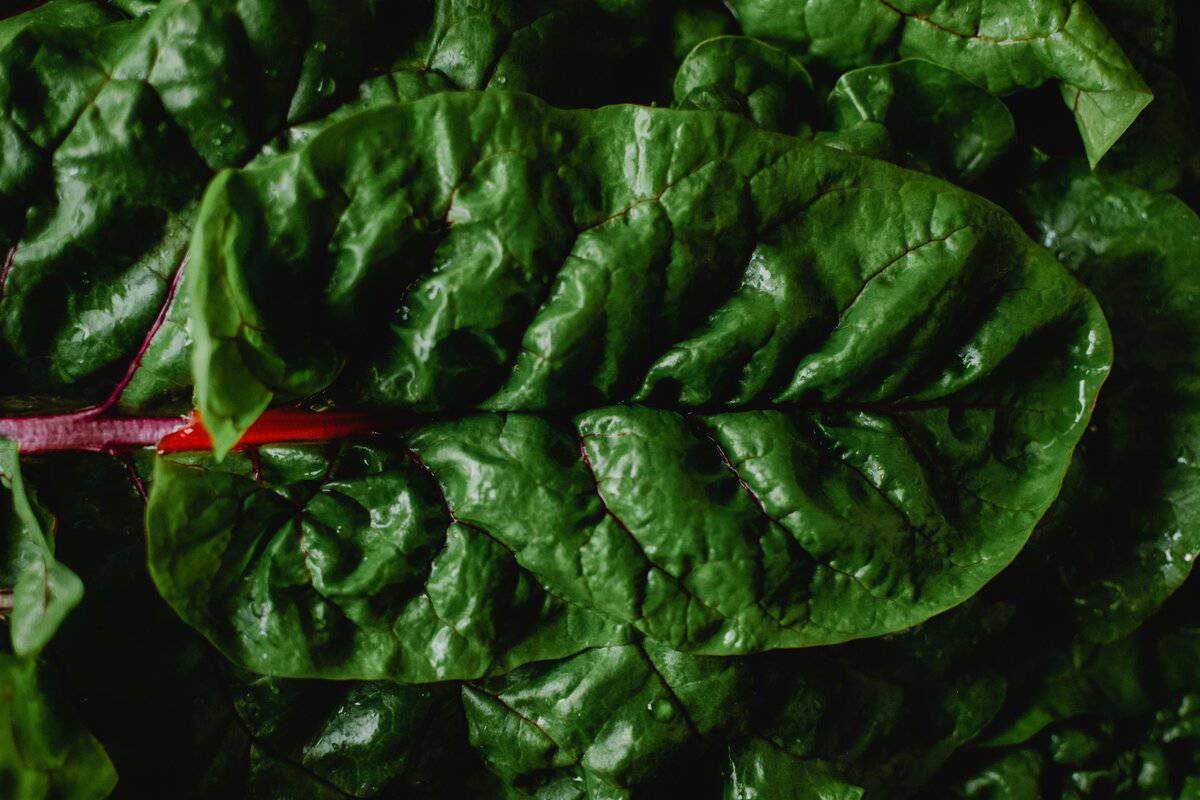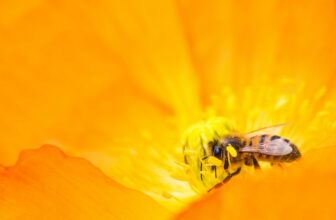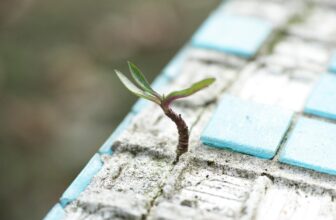
The human diet should consist of proteins, fats, carbohydrates, and vitamins. Of course, in a balanced form. However, this is not enough for the digestive system’s normal functioning. Nutritionists have proven that the human body cannot function properly without proper fiber intake. Survivalists should also take this fact into account.
But where to get this fiber? Those who will focus their survival on autonomous farming should pay attention to this vegetable. Just start growing chard. With this vegetable in your garden, there will be no problems with fiber, light carbohydrates, and vitamins.
General information
Chard is a close relative of the common beet, but it does not form root crops or store useful substances in them. It is in the leaves that chard accumulates useful substances and vitamins. It has long been popular in Europe because of its ease of cultivation, yield, and useful properties.
Chard is an extremely hardy plant that can grow almost anywhere. Except that it does not like very acidic soil. If you want to maximize your yield, do not plant it in the shade. Yes, you will still grow something, but there will be fewer tasty leaves.
There are two categories of chard: leafy and petiole. The first grows upwards and produces longer leaves with thick and fleshy petioles, while the second grows and branches outwards, so it produces more green mass.
Cultivation
You also need to remember that chard is a perennial plant. That is, you can plant it in mid-summer, it will safely overwinter right in, and in early spring will give fresh shoots. Practice has proven that chard can germinate at a temperature of 5 degrees Celsius and is practically not afraid of frost.
Chard responds very well to baiting. Therefore, at the end of October, compost, with the addition of mineral fertilizers, is laid in the ground where the plant is planned to grow. However, you must be careful not to acidify the soil too much. In spring, about half a month before planting, the land should be re-composted and fertilized. It should also be remembered that chard accumulates nitrates well, so their content in the soil should be dosed.
Planting of chard should be done as follows: dig small holes 3 cm deep, with a distance of 30 cm between the rows. Before sowing, the seeds should be soaked in warm water for a couple of days.
Care
When the chard sprouts reach about two centimeters in height, the chard should be thinned; otherwise, the plants will lack nutrients. In the case of leafy varieties, there is also a question of enough room for growth. Therefore, the final distance should be about 8 cm for petiole varieties and about 40 cm for leafy varieties.
Everything else is as usual – regular weeding, watering, and loosening the soil. When flower stalks begin to appear, they should be promptly removed. Excessive watering is harmful to this plant.
Harvesting
Officially, the collection of fresh chard leaves can begin 2 months after germination. You can harvest without waiting for full maturity. Moreover, for leafy forms, this is exactly what you should do. Leafy chard resembles spinach or kale. So, the leaves are simply plucked or cut off.
Cut leaves will not stay fresh for a long time – a maximum of two days in the refrigerator, and they begin to wilt. Therefore, you cannot stock chard, but while it grows, you will have an uninterrupted source of vitamins, carbohydrates, and fiber. Also, you can pickle chard according to standard methods.
Additional information
Due to the peculiarities of the root structure, chard is quite suitable for growing by hydroponics. Of course, there will be subtleties, but hydroponic growing is all about subtleties. It should also be remembered that the plant overwinters greatly in the soil. This, of course, does not apply to those varieties from which fresh leaves are regularly cut off, as they do not have the opportunity to make at least some reserve of useful substances.
Grow healthy plants that will help your body survive any hardship. Stay prepared and safe!




